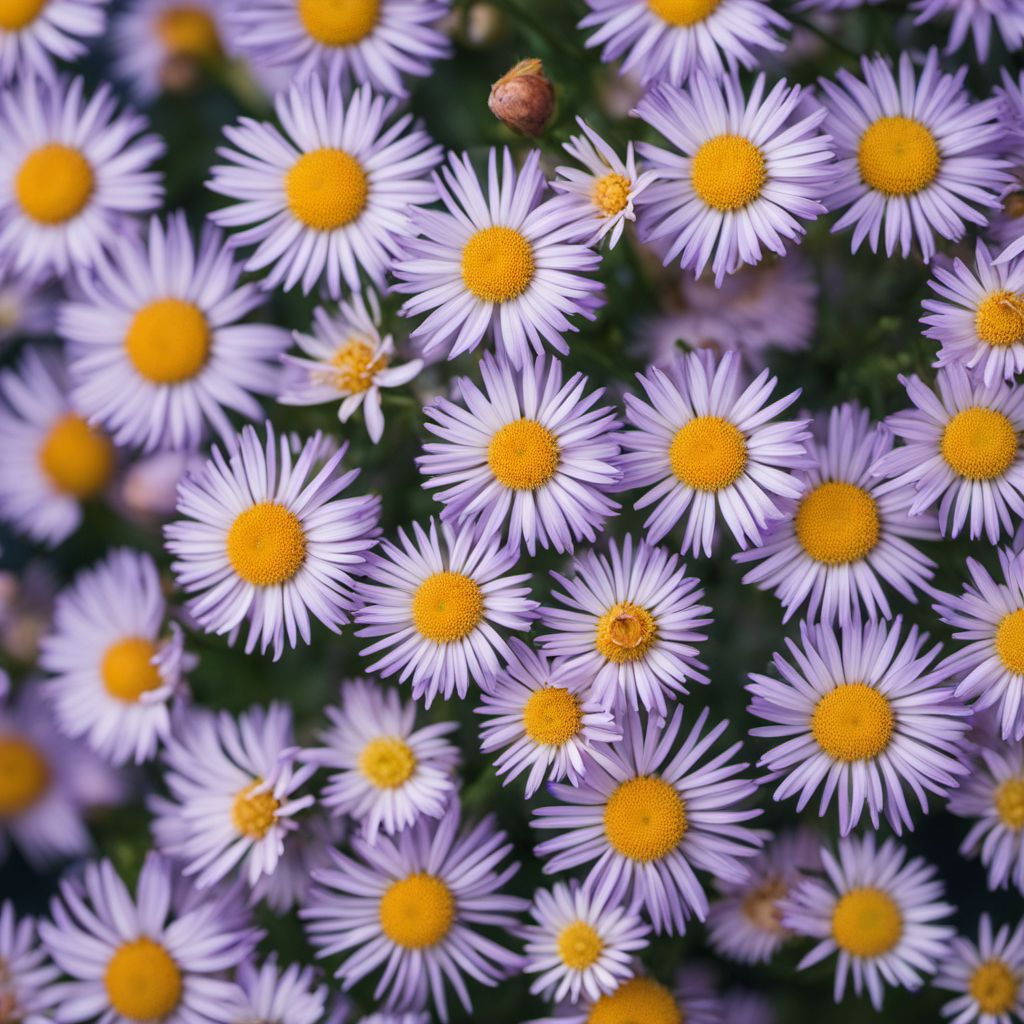
Ingredient
Sea asters
The Ocean's Delight: Sea Asters
Sea asters are delicate flowers with vibrant petals that range in color from purple and pink to white and yellow. They have a mild and slightly salty taste, reminiscent of the ocean. Sea asters are commonly used as a garnish in salads, soups, and seafood dishes, adding visual appeal and a subtle briny flavor.
Origins and history
Sea asters are native to coastal regions and are found in abundance along shorelines. They have been used in traditional coastal cuisines for centuries, particularly in Asian and European cultures. Sea asters are often associated with coastal communities and are celebrated for their beauty and culinary versatility.
Nutritional information
Sea asters are low in calories and fat. They are a good source of vitamins A and C, as well as minerals like calcium and iron. They also contain antioxidants that may have health benefits.
Allergens
Sea asters are generally safe to consume, but individuals with allergies to flowers or plants in the Asteraceae family should exercise caution. It is recommended to try a small amount first to ensure there are no adverse reactions.
How to select
When selecting sea asters, look for flowers that are fresh, vibrant, and free from any signs of wilting or discoloration. Avoid flowers that have a strong or unpleasant odor, as this may indicate spoilage. If possible, choose organic sea asters to minimize exposure to pesticides or chemicals.
Storage recommendations
Sea asters should be stored in the refrigerator, wrapped in a damp paper towel or stored in a container with a small amount of water. They are best consumed within a day or two of harvesting to maintain their freshness and flavor.
How to produce
Sea asters can be grown in home gardens or pots. They require well-drained soil, full sun, and regular watering. Sow the seeds directly in the soil or start them indoors and transplant them once the seedlings are established. Harvest the flowers when they are fully bloomed and use them immediately for the best flavor and appearance.
Preparation tips
Sea asters can be used as a garnish in salads, soups, and seafood dishes. They add a pop of color and a subtle briny flavor to the dish. Sea asters can also be used to decorate cakes, cocktails, and other desserts, adding an elegant touch to the presentation.
Culinary uses
Sea asters are commonly used in Asian and European cuisines, particularly in coastal regions. They are often featured in seafood dishes, salads, and soups. Sea asters are also used in the culinary arts for their visual appeal and delicate flavor.
Availability
Sea asters are commonly found in coastal regions around the world, including Asia, Europe, and North America.
More ingredients from this category

Sea lavanders
Oceanic Delights

Purslanes
The Nutrient-Packed Green

Rock samphires
"The Coastal Delicacy: Exploring the Unique Flavors of Rock Samphires"

Agretti
The Verdant Delight: Exploring the Unique World of Agretti

Winter purslanes
The Nutrient-Packed Green: Winter Purslanes
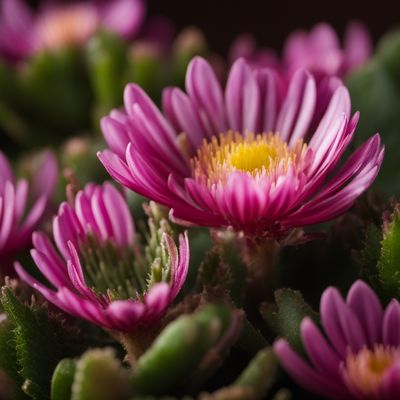
Hottentot fig
The Exotic Delight
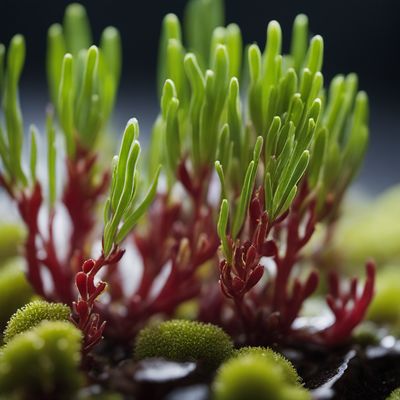
Glassworts
Glassworts: The Salty Succulents
Recipes using Sea asters
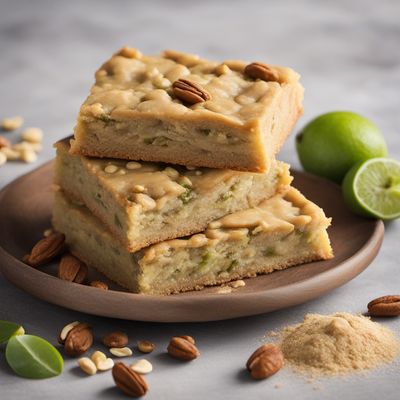
Fusion Blondie Delight
Blissful Fusion Blondie: A Harmonious Blend of American and Global Flavors

Island Paradise Banana Bread
Tropical Delight Banana Bread
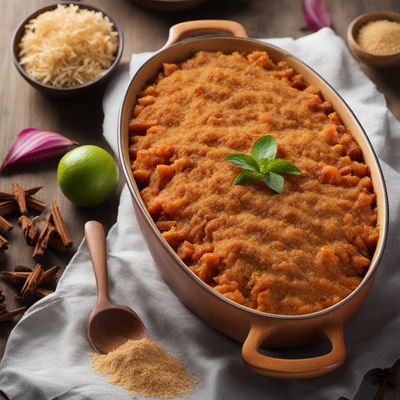
Polynesian-style Sweet Potato Casserole
Tropical Delight: Polynesian Sweet Potato Casserole
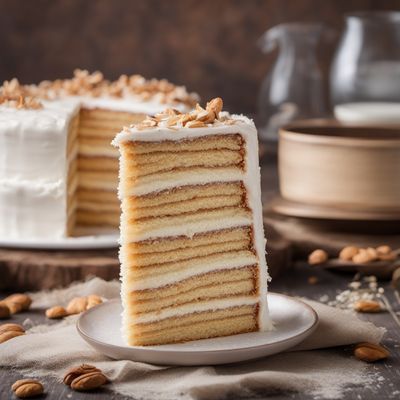
Kapampangan Layered Cake
Layers of Kapampangan Delight: A Twist on the Classic Stack Cake
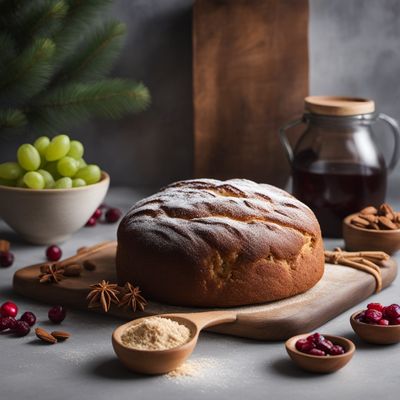
New Zealand-inspired Christmas Bread
Kiwi Twist: Festive Christmas Bread with a Kiwi Flair